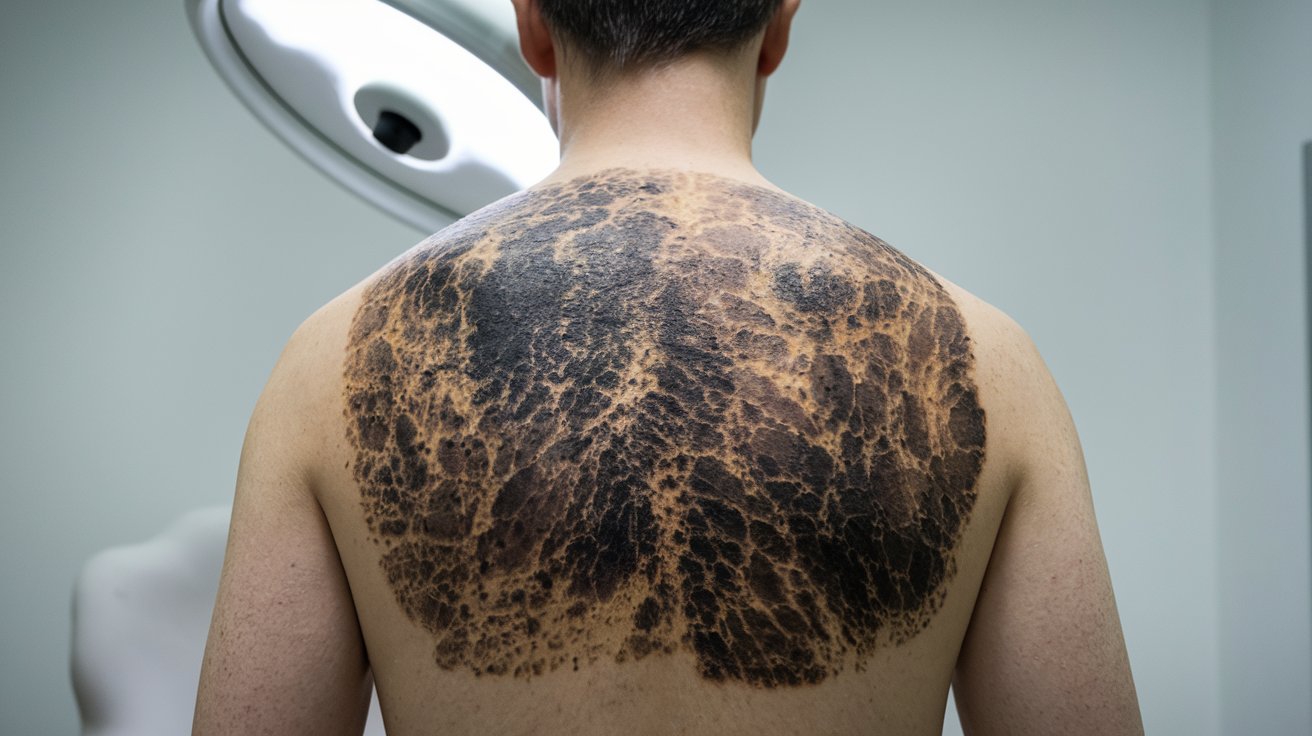
Mohr-Tranebjærg Syndrome is a rare genetic disorder that affects hearing, vision, and movement. This condition, also known as Deafness-Dystonia-Optic Neuronopathy Syndrome, typically begins with hearing loss in early childhood. As individuals age, they may experience progressive vision loss, muscle stiffness, and movement difficulties. The syndrome is caused by mutations in the TIMM8A gene, which is located on the X chromosome. Because of its rarity, many people are unaware of its symptoms and challenges. Understanding this syndrome can help in early diagnosis and better management of the condition. Here are 28 facts to help you learn more about Mohr-Tranebjærg Syndrome.
Key Takeaways:
- Mohr-Tranebjærg Syndrome (MTS) is a rare genetic disorder primarily affecting males, causing progressive hearing loss, vision problems, dystonia, and balance issues. Genetic testing and specialized care are crucial for diagnosis and management.
- Living with MTS requires comprehensive support, including hearing aids, physical therapy, vision aids, and family support. Ongoing research and awareness campaigns aim to improve understanding and care for individuals with MTS.
What is Mohr-Tranebjærg Syndrome?
Mohr-Tranebjærg Syndrome (MTS) is a rare genetic disorder that affects multiple systems in the body. It is also known as Deafness-Dystonia-Optic Neuronopathy (DDON) syndrome. This condition is inherited in an X-linked recessive pattern, meaning it primarily affects males.
-
MTS is caused by mutations in the TIMM8A gene. This gene is responsible for producing a protein crucial for mitochondrial function.
-
The syndrome was first described in 1960. Danish doctors Mohr and Tranebjærg identified the condition, leading to its name.
-
MTS primarily affects males. Females can be carriers but usually do not show symptoms due to the X-linked recessive inheritance pattern.
-
Hearing loss is often the first symptom. This typically begins in early childhood and progressively worsens over time.
Symptoms of Mohr-Tranebjærg Syndrome
MTS affects various parts of the body, leading to a range of symptoms. These symptoms can vary in severity and onset.
-
Progressive hearing loss is a hallmark of MTS. This usually starts in early childhood and can lead to complete deafness.
-
Vision problems are common. These can include optic atrophy, which leads to a gradual loss of vision.
-
Dystonia is another significant symptom. This involves involuntary muscle contractions, causing repetitive movements or abnormal postures.
-
Patients may experience balance issues. This can make walking and other movements difficult.
-
Mental health can be affected. Some individuals with MTS may develop psychiatric symptoms such as depression or anxiety.
Diagnosis and Testing
Diagnosing MTS can be challenging due to its rarity and the variability of symptoms. However, specific tests and evaluations can help confirm the diagnosis.
-
Genetic testing is crucial for diagnosis. Identifying mutations in the TIMM8A gene confirms the presence of MTS.
-
Audiological exams assess hearing loss. These tests help determine the extent and progression of hearing impairment.
-
Ophthalmological exams evaluate vision problems. These exams can detect optic atrophy and other eye-related issues.
-
Neurological evaluations are important. These tests assess dystonia, balance issues, and other neurological symptoms.
Treatment and Management
There is no cure for MTS, but various treatments can help manage symptoms and improve quality of life.
-
Hearing aids or cochlear implants can assist with hearing loss. These devices can significantly improve communication abilities.
-
Physical therapy helps manage dystonia. Regular exercises and stretches can reduce muscle contractions and improve mobility.
-
Vision aids can assist with optic atrophy. Tools like magnifiers or specialized glasses can help individuals with vision loss.
-
Medications may be prescribed for psychiatric symptoms. Antidepressants or anti-anxiety medications can help manage mental health issues.
-
Regular monitoring is essential. Ongoing evaluations by specialists ensure that treatments are effective and adjusted as needed.
Living with Mohr-Tranebjærg Syndrome
Living with MTS requires a comprehensive approach to care, involving various healthcare professionals and support systems.
-
Support groups can provide emotional assistance. Connecting with others who have MTS can offer valuable support and understanding.
-
Educational accommodations may be necessary. Schools can provide resources and adjustments to help children with MTS succeed academically.
-
Occupational therapy can improve daily living skills. Therapists can teach techniques to manage symptoms and maintain independence.
-
Speech therapy can aid communication. This is especially important for those with significant hearing loss.
-
Family support is crucial. Families play a vital role in providing care and encouragement for individuals with MTS.
Research and Future Directions
Ongoing research aims to better understand MTS and develop more effective treatments.
-
Scientists are studying the TIMM8A gene. Understanding its role in mitochondrial function could lead to new therapies.
-
Clinical trials are exploring potential treatments. These studies test new medications and interventions for managing MTS symptoms.
-
Genetic counseling is available for families. Counselors can provide information about inheritance patterns and risks for future children.
-
Awareness campaigns are increasing knowledge. Educating the public and healthcare professionals about MTS can lead to earlier diagnosis and better care.
-
Patient registries are being developed. These databases collect information about individuals with MTS to support research and improve treatment strategies.
Final Thoughts on Mohr-Tranebjærg Syndrome
Mohr-Tranebjærg Syndrome, a rare genetic disorder, affects hearing, vision, and movement. Understanding its symptoms and genetic roots helps in early diagnosis and management. Though no cure exists, treatments focus on alleviating symptoms and improving quality of life. Genetic counseling becomes crucial for families with a history of the syndrome.
Research continues to explore potential therapies and interventions. Staying informed about advancements can offer hope to those affected. Support groups and resources provide valuable assistance and community for patients and families.
Raising awareness about Mohr-Tranebjærg Syndrome can lead to better support and resources. Sharing knowledge empowers individuals and communities to advocate for those living with this condition. By staying educated and connected, we can make a difference in the lives of those impacted by this rare disorder.
Frequently Asked Questions
Was this page helpful?
Our commitment to delivering trustworthy and engaging content is at the heart of what we do. Each fact on our site is contributed by real users like you, bringing a wealth of diverse insights and information. To ensure the highest standards of accuracy and reliability, our dedicated editors meticulously review each submission. This process guarantees that the facts we share are not only fascinating but also credible. Trust in our commitment to quality and authenticity as you explore and learn with us.


